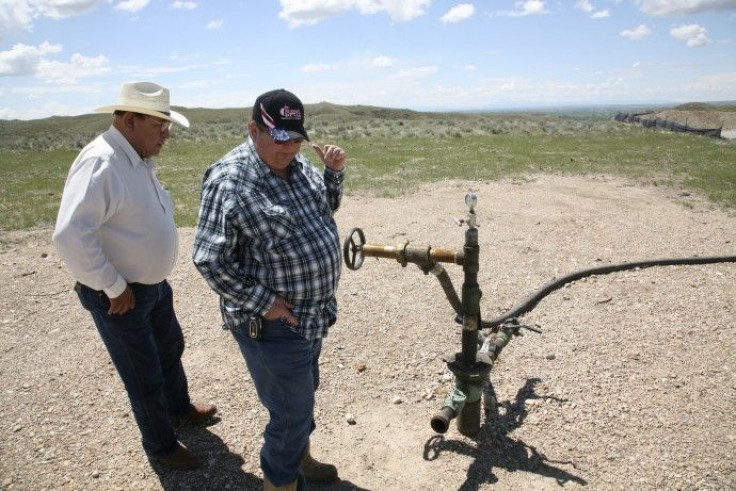Joblessness among American Indians doubled during recession

The Great Recession has seen joblessness soar in the U.S. One overlooked segment of the population, the Native Americans (or American Indians) have also suffered from rising unemployment.
While American Indians tend to concentrate in states with the nation’s lowest unemployment rates since the start of the recession -- Alaska and the Northern Plains – these regions have among the highest rates of joblessness for American Indians.
According to a study from the Economic Policy Institute, a Washington D.C.-based think-tank, from the first half of 2007 to the first half of 2010, the national joblessness rate among American Indians unemployment rate more than doubled from 7.5 percent to 15.2 percent. By comparison, the jobless rate for whites rose from 4.1 percent to 9.1 percent over that period.
According to the Census Bureau, as of July 1, 2008, the estimated population of American Indians and Alaska Natives, totaled 4.9-million, accounting for about 1.6 percent of the total population. Alaska, Montana, North Dakota, Oklahoma and South Dakota had the highest percentages of American Indians among their populations.
By the first half of 2010, the unemployment rate for Alaska Natives jumped 6.3 percentage points to 21.3 percent—the highest regional unemployment rate for American Indians.
Since the start of the recession, American Indians in the Midwest experienced the greatest increase in unemployment, growing by 10.3 percentage points to 19.3 percent.
By the first half of this year, slightly more than half -- 51.5 percent of American Indians nationally were working, down from 58.3 percent in the first half of 2007.
In the first half of this year, only 44 percent of American Indians in the Northern Plains were working, the worst employment rate for Native Americans regionally.
The true numbers are likely to be even worse, EPI warns.
“To be counted as unemployed, one has to be actively looking for work at the time of being surveyed,” EPI explained. “Groups, like American Indians, who experience long spells of unemployment or who have an especially difficult time finding work, are more likely to drop out of the labor force by not actively looking for work.”
Although the Great Recession is technically over, EPI concludes, when looking at the American Indian employment situation, there is little sign of recovery. Nationally, Native American unemployment continues to rise, and employment continues to decline.
Interestingly, unemployment among American Indians is somewhat below the rate for blacks (currently at about 15.7 percent as of October 2010, down slightly from 16.1 percent in September).
© Copyright IBTimes 2024. All rights reserved.











